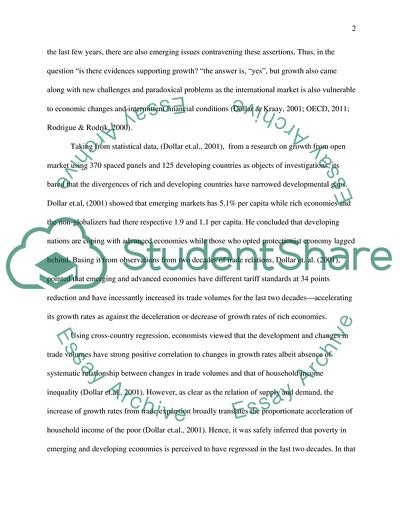Cite this document
(1.Assess the theoretical basis and empirical evidence of the benefits Essay, n.d.)
1.Assess the theoretical basis and empirical evidence of the benefits Essay. https://studentshare.org/macro-microeconomics/1760206-1assess-the-theoretical-basis-and-empirical-evidence-of-the-benefits-of-openness-for-growth
1.Assess the theoretical basis and empirical evidence of the benefits Essay. https://studentshare.org/macro-microeconomics/1760206-1assess-the-theoretical-basis-and-empirical-evidence-of-the-benefits-of-openness-for-growth
(1.Assess the Theoretical Basis and Empirical Evidence of the Benefits Essay)
1.Assess the Theoretical Basis and Empirical Evidence of the Benefits Essay. https://studentshare.org/macro-microeconomics/1760206-1assess-the-theoretical-basis-and-empirical-evidence-of-the-benefits-of-openness-for-growth.
1.Assess the Theoretical Basis and Empirical Evidence of the Benefits Essay. https://studentshare.org/macro-microeconomics/1760206-1assess-the-theoretical-basis-and-empirical-evidence-of-the-benefits-of-openness-for-growth.
“1.Assess the Theoretical Basis and Empirical Evidence of the Benefits Essay”. https://studentshare.org/macro-microeconomics/1760206-1assess-the-theoretical-basis-and-empirical-evidence-of-the-benefits-of-openness-for-growth.


